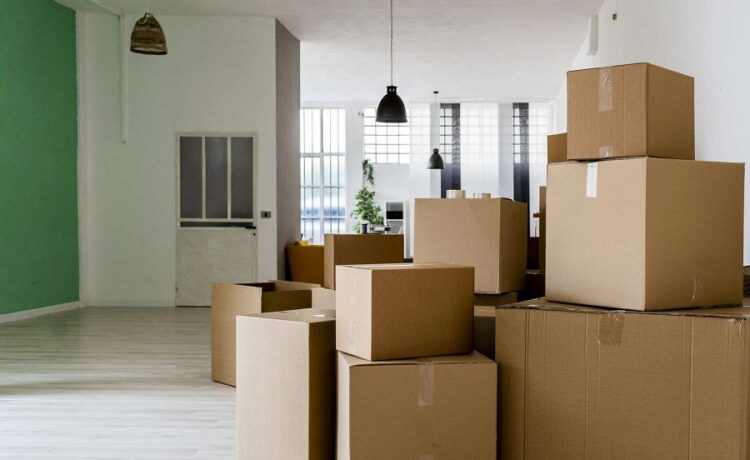Packing and labeling are crucial components of a successful move. When done correctly, they can save time, reduce stress, and make unpacking at your new home much easier. This article provides essential tips from insiders like Safe Ship Moving Services for packing and labeling to help ensure an organized and efficient move, highlighting best practices for packing items securely, labeling boxes clearly, and organizing your belongings for easy unpacking.
Packing Tips for Efficiency and Safety
- Start Early and Pack Strategically:
- Non-Essential Items First: Begin by packing items you don’t use daily, such as seasonal clothes, books, and decorative pieces. This allows you to start packing well in advance without disrupting your daily life.
- Room-by-Room Packing: Pack one room at a time to stay organized and avoid mixing items from different rooms. This makes unpacking easier and more systematic.
- Use Quality Packing Materials:
- Sturdy Boxes: Invest in good quality boxes of various sizes to accommodate different items. Avoid using worn or damaged boxes that might collapse.
- Padding and Wrapping: Use bubble wrap, packing paper, or foam peanuts to cushion fragile items. Wrap each item individually to protect it from damage.
- Packing Tape: Secure boxes with strong packing tape to prevent them from opening during transit. Reinforce the bottom of each box for added security.
- Pack Heavy Items in Small Boxes:
- Avoid Overloading: Pack heavy items like books and kitchen appliances in small boxes to prevent them from becoming too heavy to lift. This also reduces the risk of the box breaking under the weight.
- Distribute Weight Evenly: Distribute weight evenly within each box to maintain balance and make stacking easier.
- Protect Fragile Items:
- Separate Fragile Items: Pack fragile items separately from heavy items. Use plenty of padding and clearly mark the box as “Fragile.”
- Double Box Fragile Items: For extra protection, place fragile items in a smaller box and then pack that box inside a larger one with padding in between.
- Disassemble Large Items:
- Furniture and Appliances: Disassemble furniture and large appliances to make them easier to move. Keep screws and small parts in labeled bags and tape them to the corresponding item.
- Electronics: Pack electronics in their original boxes if possible. If not, use sturdy boxes and ample padding. Label cords and cables to simplify reassembly.
Labeling Tips for Easy Identification
- Label Every Box Clearly:
- Room Labels: Clearly label each box with the name of the room it belongs to. This helps movers know where to place each box in your new home.
- Contents List: Include a brief description of the contents on the label. This makes it easier to find specific items without opening multiple boxes.
- Use a Color-Coding System:
- Color Codes: Assign a color to each room and use colored tape or stickers on the boxes. For example, use blue for the kitchen, green for the bedroom, and red for the living room.
- Color Key: Create a color key and place it in a central location at your new home so movers know which color corresponds to each room.
Efficient packing and clear labeling are essential for a streamlined move. By following these packing and labeling tips, you can ensure that your belongings are protected, your boxes are easy to identify, and your unpacking process is smooth and organized. Start early, use quality materials, label clearly, and pack systematically to reduce stress and make your moving day as efficient as possible. With a well-organized approach, you’ll be able to settle into your new home quickly and enjoy a more positive moving experience.






